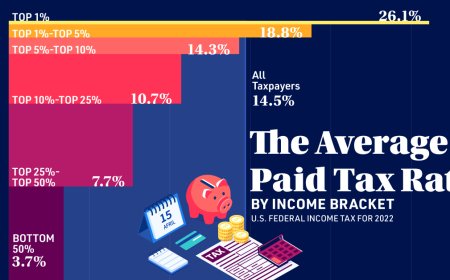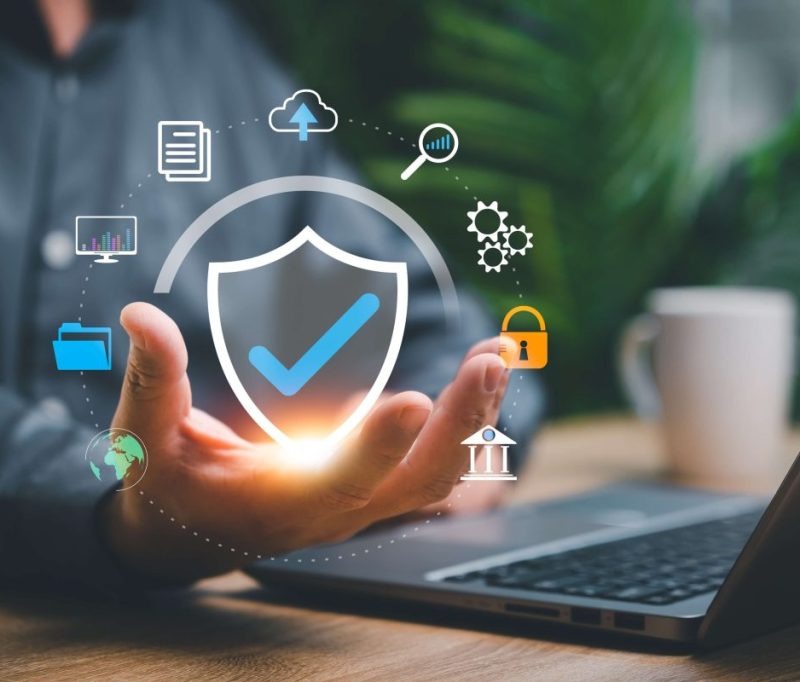Account Recovery: Steps to Regain Access
In the digital age, access to your online accounts is as essential as holding the keys to your home. Whether its a social media profile, gaming account, email service, or banking app, losing access can be frustrating and, in some cases, even risky. Fortunately, most platforms have built-in account recovery systems that allow users to regain control of their accounts with a few steps. In this article, well walk through a detailed and practical guide on account recovery, ensuring that you can retrieve access when things go wrong. Whether you lost your password, got hacked, or changed your phone number, youll find clear steps here. For users of online platforms like theOfficial App, following the correct procedures is key to recovering your access quickly and securely.
Why Account Recovery is Important
Account recovery isnt just about getting back into a profileits about protecting your personal information, your data, and in some cases, your digital assets. Losing access to an account can interrupt your work, entertainment, or personal life. Worse, if the account is compromised, it might be misused to send spam, commit fraud, or impersonate you. Thats why understanding how account recovery works is crucial for every user.
Common Reasons for Losing Access
There are multiple reasons why users may find themselves locked out of their accounts. Some of the most common include:
-
Forgotten Passwords: This is the most frequent cause. If you havent logged in for a while or use multiple complex passwords, you might simply forget.
-
Lost or Changed Devices: Switching phones or formatting a device without backing up authentication apps can cause login issues.
-
Hacking or Unauthorized Access: If someone gains access and changes your recovery details, your account may be compromised.
-
Deactivated or Suspended Accounts: Sometimes platforms suspend accounts due to violations or inactivity.
-
Incorrect Login Information: Simple typing errors or using the wrong email/username can lead to login failures.
Step-by-Step Guide to Recover Your Account
1. Start with the Login Page
Almost every platform has a Forgot Password? or Cant Access Your Account? link on the login page. Start by clicking this link. It will lead you to the recovery process.
Make sure youre on the correct login page and not a fake or phishing site. Look for signs like an HTTPS URL, a secure lock icon, and the official branding of the app or service.
2. Enter Your Recovery Information
You will be asked to enter the recovery information associated with your account. This could be:
-
Your registered email address
-
Your username
-
Your registered mobile number
Make sure the details you enter are the ones you originally used to create the account. If youre unsure, try all possible emails or numbers.
3. Verify Your Identity
To confirm that youre the rightful owner of the account, the platform will ask for verification. This step can include:
-
Sending a one-time password (OTP) to your email or phone number
-
Asking for answers to security questions
-
Requesting identification (for sensitive accounts)
Make sure you have access to your recovery email or phone. If not, proceed to alternate methods offered by the platform.
4. Reset Your Password
Once your identity is verified, youll be allowed to set a new password. Choose a strong, unique password that includes a mix of:
-
Upper and lowercase letters
-
Numbers
-
Special characters (e.g., !, @, #, $)
Avoid using the same password across multiple platforms to reduce the risk of future breaches.
5. Update Your Recovery Details
Once youve regained access, immediately update your recovery information. Make sure the email address, phone number, and backup options are current and accessible.
This step is crucial to make future recovery easier and safer.
6. Enable Two-Factor Authentication (2FA)
2FA adds a layer of security by requiring a second method of verificationusually a code sent to your phone or an appalong with your password. Enabling 2FA helps prevent unauthorized access even if someone knows your password.
Use authentication apps like Google Authenticator, Microsoft Authenticator, or built-in services within your official apps settings.
Dealing with Hacked Accounts
If your account was hacked and someone changed the login credentials or deleted the recovery options, follow these steps:
-
Go to the platforms help or support page
-
Look for a Report a hacked account or Recover my account section
-
Provide as much proof as possible: previous passwords, screenshots, transaction records (for gaming or shopping apps), etc.
Be patientsome platforms take time to verify and respond, especially if manual review is involved.
Recovering Accounts Without Email or Phone Access
If you no longer have access to your recovery email or phone number, recovery can be trickier, but not impossible. Follow these tips:
-
Use an alternate recovery method if offered (e.g., answering security questions)
-
Contact customer support directly with your full account history
-
Provide a government-issued ID if required (only for platforms that allow such identification)
-
Check if your account is linked to another account (Google, Facebook, etc.), which may allow you to log in through that
What Not to Do During Account Recovery
Here are some things to avoid while trying to recover your account:
-
Dont keep retrying wrong passwords: It could trigger a temporary lockout.
-
Avoid clicking on random links: Fake recovery pages can steal your information.
-
Dont trust third-party recovery services: Scammers often pose as recovery agents to gain your data.
-
Dont ignore security alerts: If you get an alert that someone tried to access your account, act immediately.
How to Prevent Future Lockouts
Prevention is always better than cure. Heres how to avoid losing access in the future:
-
Use a password manager: These tools securely store and autofill your login details.
-
Regularly update recovery info: Change your phone or email? Update your account details right away.
-
Take note of backup codes: Many services provide backup codes for emergency access. Store them offline.
-
Log in periodically: Inactivity on some platforms can lead to account deletion or suspension.
-
Use reliable devices: Avoid logging in from public or untrusted devices to prevent data breaches.
What to Do If Recovery Fails
Despite all efforts, there are times when account recovery fails. If this happens:
-
Submit a manual review request: Most platforms allow users to file a detailed recovery form.
-
Check for alternate login options: If your account is linked to a third-party platform, you may still be able to sign in.
-
Create a new account: If recovery is impossible, start fresh. But notify your contacts (in case of social media) that your old account is no longer in use.
For platforms that offer community support or forums, posting your situation might help connect you with official assistance or others whove solved similar problems.
Final Thoughts
Losing access to an account can be nerve-wracking, but its not the end of the road. With the right information and a bit of patience, most accounts can be recovered. Whether youre a casual user or a daily gamer, understanding how recovery systems work is essential to protect your digital presence. Always keep your recovery information updated, use strong passwords, and enable two-factor authentication to avoid future issues. And if you ever use platforms like the Official App, make sure to familiarize yourself with their support and recovery procedures so that you're never caught off guard.
By staying alert, proactive, and informed, you can keep your online life secure and always within reach.






































